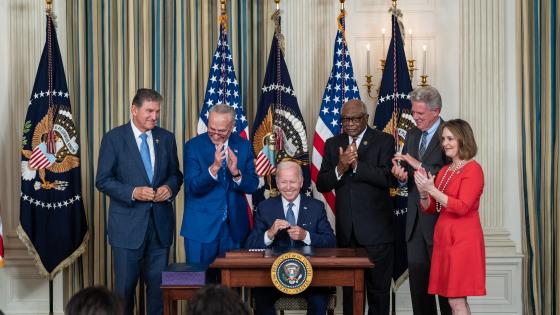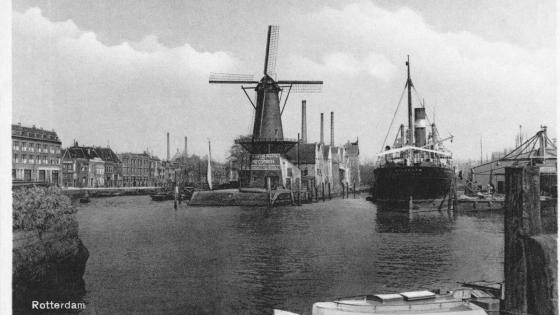The G20’s principal task of reviving global economic growth has never been easy – it is harder now that world trade is contracting. That’s right. World trade growth isn’t slowing down – the subject of a growing academic literature (Hoekman 2015); the latest available monthly data suggests that world trade has been contracting during 2015 in both volume and value terms. On average G20 exports have fallen 4.5% since world trade peaked in value in October 2014.
The 18th report of the Global Trade Alert, published in advance of this weekend’s G20 Leaders Summit in Antalya, Turkey uses the latest available data on trade flows and on protectionism to:
-
Highlight the extent of falling world trade;
-
Critically evaluate leading explanations for recent global trade dynamics;
-
Demonstrate the marked increase in resort to protectionism in 2015; and
-
Identify plausible policy initiatives that the G20 should pursue during the coming Chinese Presidency.
From slowing trade growth to falling world trade
The report pours cold water on the benign interpretation that the global trade slowdown is merely a combination of the rising US dollar, falling commodity prices, and retrenchment of supply chains involving China (Constantinescu et al. 2015, WTO 2015).
To provide the most up-to-date perspective data from the CPB’s World Trade Monitor and the UN Monthly COMTRADE database were employed. With respect to the latter, the largest possible sample was created of countries consistently reporting imports on a monthly basis from 226 nations was assembled from January 2010 to July 2015, the last month before available data become very patchy.
Figure 1. World export volumes are now falling – not growing more slowly

Source: CPB (2015).
The benign view of global trade dynamics places too much weight on data on the volume of global exports and does not take account of the following facts:
-
Manufactured exports have been falling in price since mid-2011 (Figure 1);
-
Even world export volumes are down 2% since their peak at the end of 2014 (Figure 1);
-
After recovering in 2010 and during the first half of 2011, world trade stopped growing in total value, plateaued, and then began falling in nominal terms after October 2014 (see Figure 2);
-
The recent fall in the total value of global trade is concentrated in a small number of product categories – 28 product categories together account for just under fourth-fifths of the contraction in global trade seen since October 2014;
-
Shipments of motor vehicles have grown in value by 10% since October 2014 which, apart from gold, is the only major trade flow to continue growing;
-
Of the 28 product categories accounting for at least 0.5% of the recent fall in global trade, eight were commodities and together were responsible for 54.2% of the overall trade fall. Three oil-related products had a major impact. Seven product categories involved some parts and components trade and together accounted for another 7.4%. The other goods – manufactured final goods – made up 17.2% of the recent contraction in world trade;
-
The manufactured products which account for a larger share of the recent fall in global exports happen to be the very products where the G20 has imposed proportionally more trade restrictions since the beginning of 2014. In contrast, relatively fewer trade restrictions were imposed on motor vehicles over the same period (see Figure 3).
Figure 2. The total nominal value of world exports has stagnated since mid-2011 and has fallen sharply since October 2014

Source: Totals assembled from UN Monthly COMTRADE database.
Figure 3. The G20 imposed proportionally more trade restrictions in product categories that accounted for a greater share of the recent global trade fall

From this evidence, what can we learn about the recent fall in global trade?
First, the importance of the oil price collapse of the recent years cannot be denied. Still, that explanation only goes so far – there is more to the story than OPEC.
Second, that the falls in observed trade are so unevenly spread across product categories surely casts some doubt on claims that the slowdown in global economic growth can account for the rest of the trade fall. Rather than across-the-board demand changes, perhaps demand for certain products has shifted a lot since October 2014. In which case, what could cause such expenditure switching?
Third, that so few of the heavily affected product categories involve parts and components casts doubt on the importance of supply chain reconfiguration in accounting for the recent fall in global trade. This is not to imply that changing supply chains were irrelevant in earlier periods (as many analysts contend).
Moreover, that motor vehicles trade expanded a lot whereas automobile parts trade contracted may not be easy to square with the bullwhip effect (unless some confounding factor can help account for the falling parts trade).
Overall, then, while much of the recent fall in global trade can be attributed to commodity price changes and their consequences, other explanations seem wanting. That the incidence of recent trade restrictions falls heaviest on the very manufactured products which have contributed the most to the fall in world trade is a major source of concern.
Resort to trade distortions in 2015 at record highs
The ‘level playing field’ has taken a battering this year. In preparing this report the GTA team found:
-
Worldwide governments imposed 538 trade distortions in the first 10 months of this year – of which the G20 was responsible for 433;
-
Easily spotted G20 tariff increases were down 21%, easier-to-hide G20 subsidies up 47%;
-
Resort to trade distortions by the G20 is up 40% on the same period last year;
-
Resort to trade distortions worldwide this year are two-and-a-half times higher than at the same point in 2009 – when G20 Leaders took the threats to global commerce seriously;
-
Since the crisis erupted G20 governments have imposed 3,581 measures that have harmed foreign commercial interests;
-
81% of all G20-imposed trade distortions remain in force – undercutting claims that crisis-era protectionism is a temporary expedient.
These aggregate developments are borne out on the ground with growing trade tensions in airlines and steel and over data storage rules, to choose just three examples. The time has come for the G20 to stop taking for granted the openness of the world trading system and to boost trade’s contribution to economic growth.
What should the G20 do?
Realistically, in the near term neither developments at the WTO nor the signing of the Trans-Pacific Partnership will counter falling world trade. While the Agreement on Trade Facilitation is welcome, as of now less than a third of WTO members have ratified it. Remarkably, ten G20 members (Argentina, Brazil, Canada, India, Indonesia, Mexico, Russia, Saudi Arabia, South Africa, and Turkey) have yet to ratify this accord.
With the multilateral and regional options offering little near-term relief, attention turns to steps the G20 can take themselves. G20 leaders should request that the incoming Chinese Presidency build support for initiatives to revive global trade without imposing more trade distortions. To that end, the G20 leaders should:
-
Instruct G20 trade ministers to commission and publish third-party (i) updates on world trade levels on a quarterly basis, (ii) analyses of sectors where trade has shrunk the most or where substantial excess capacity is said to exist, and (iii) estimates of the impact of suspending all nuisance tariffs (3% or less) on goods imported by the G20;
-
Commit that temporary tariff cuts by G20 members on parts, components and capital goods will last at least two years – reducing uncertainty faced by exporters;
-
Instruct the IMF to estimate the cost of G20 fiscal incentives given by all levels of government and state-linked companies and banks to stimulate trade and inflows of foreign investment. This is where much beggar-thy-neighbour activity is;
-
Instruct the WTO, OECD, and UNCTAD to propose an updated version of the protectionist pledge that recognises the full range of crisis-era distortions to 21st century commerce.
References
Constantinescu C, A Mattoo and M Ruta (2015). “The Global Trade Slowdown: Cyclical or Structural”, World Bank Policy Research Working Paper No. 7158, Washington, DC.
Hoekman, B. (ed.) (2015), The Global Trade Slowdown: A New Normal?, A VoxEU.org eBook, London: CEPR Press.
WTO (2015), Report on G-20 Trade Measures, 30 October.





